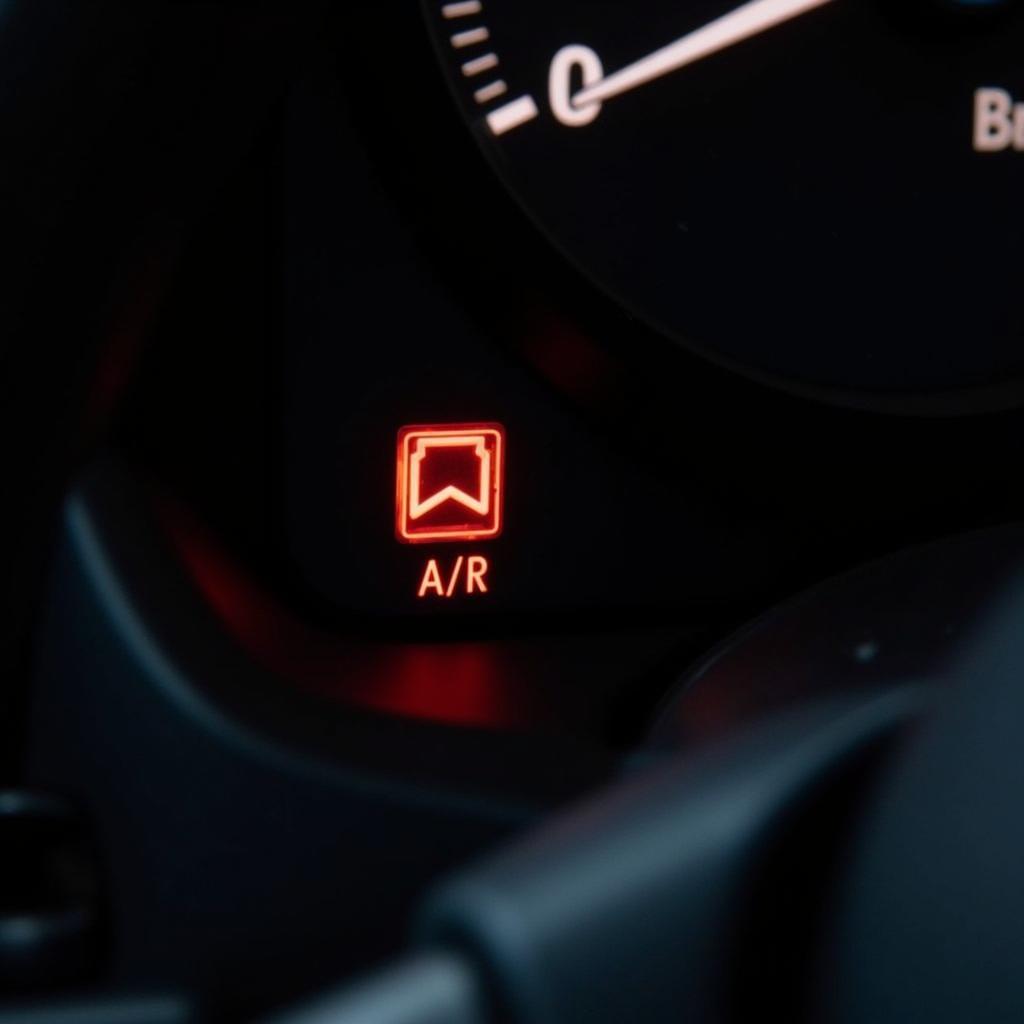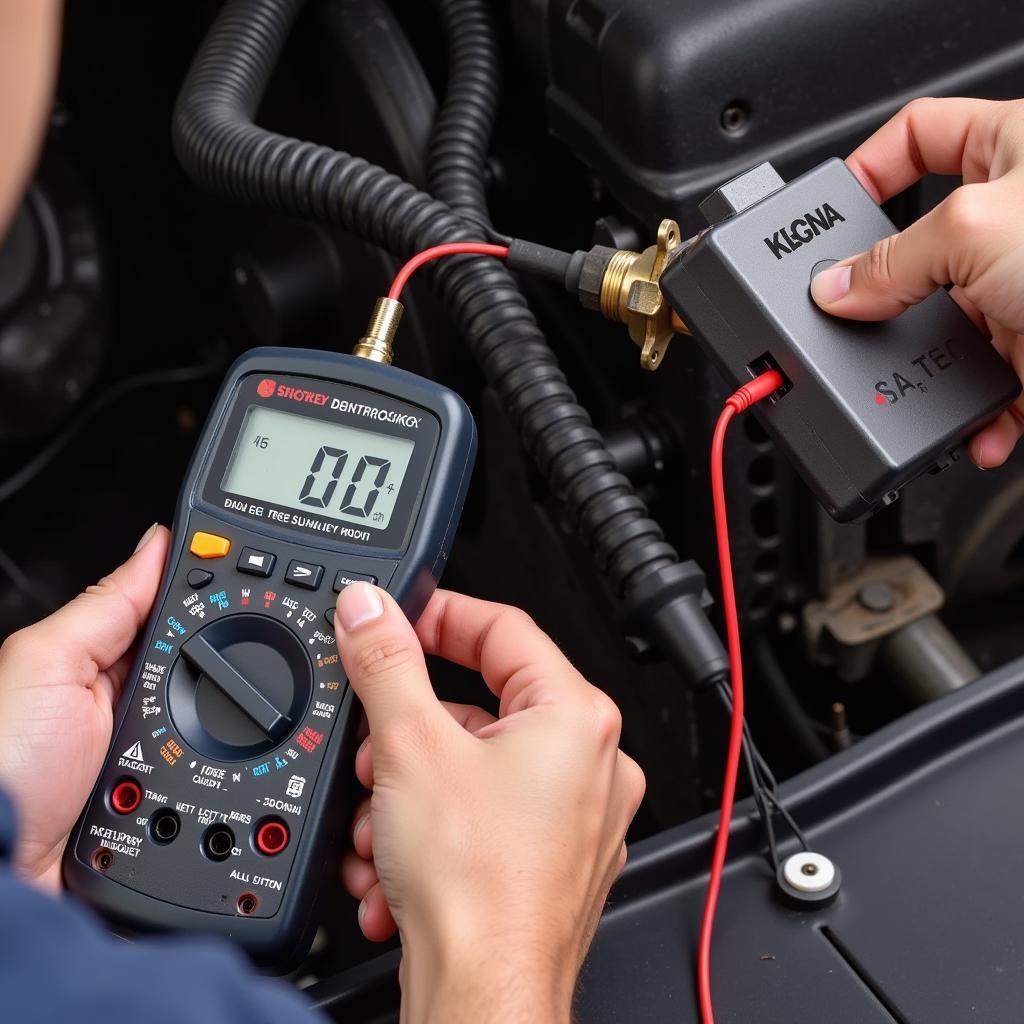Owning a car provides invaluable convenience but also attracts unwanted attention from potential thieves. Fortunately, anti-theft alarms act as a powerful deterrent, significantly reducing the risk of vehicle theft. But have you ever wondered, “How does an anti-theft alarm work?” This article delves into the intricacies of these security systems, providing insights into their functionality and components.
Understanding the Basics of Car Anti-theft Systems
At its core, a car anti-theft alarm system is designed to detect unauthorized entry or tampering. It consists of various components working together to deter theft:
Sensors: The Eyes and Ears of your Vehicle’s Security
Sensors are strategically placed throughout your vehicle to detect any signs of intrusion. Common types include:
- Door Sensors: These detect when a door, hood, or trunk is opened without disarming the system.
- Impact Sensors: These detect impacts or shocks to the vehicle, such as someone trying to break a window.
- Motion Sensors: Often found inside the vehicle, these sensors detect movement within the cabin.
Control Unit: The Brain Behind the Operation
The control unit is the heart of the anti-theft system, responsible for:
- Receiving signals from the sensors.
- Determining if a threat is genuine.
- Activating the alarm if necessary.
- Controlling other security features, such as immobilizers.
Siren/Alarm: Making Noise to Deter Thieves
The siren is the most recognizable part of the system, emitting a loud, high-pitched sound to:
- Scare off would-be thieves.
- Alert the owner and others nearby of the attempted theft.
How an Anti-theft System Springs into Action: Step-by-Step
Let’s break down the process of how an anti-theft alarm works when triggered:
- Detection: A sensor, such as a door sensor, detects an unauthorized action like someone forcing open a car door.
- Signal Transmission: The sensor sends an electrical signal to the control unit, alerting it to the potential threat.
- Threat Assessment: The control unit analyzes the signal received. Some systems have a short delay to allow the owner time to disarm the alarm using their key fob.
- Alarm Activation: If the signal is deemed a genuine threat, the control unit activates the alarm, triggering the siren and possibly flashing lights.
- Deterrent Effect: The loud siren and flashing lights serve as a strong deterrent, often scaring off thieves and attracting attention.
Common Questions About Car Anti-theft Systems
Q: Can I install an anti-theft system myself?
While DIY installation kits are available, it’s generally recommended to have a professional install your anti-theft system. This ensures proper installation and integration with your vehicle’s electrical system.
Q: What is an immobilizer, and how does it work?
An immobilizer is a security feature often integrated with anti-theft systems. It prevents the engine from starting without the presence of a coded key or fob.
Q: My car alarm keeps going off accidentally. What could be wrong?
Several issues could cause false alarms, including a faulty sensor, low battery voltage, or even a weak key fob battery.
Need More Help with Your Vehicle’s Security?
CARDIAGTECH offers a range of advanced diagnostic and programming solutions for modern vehicles. Contact us today to learn more about our services and keep your car secure.


